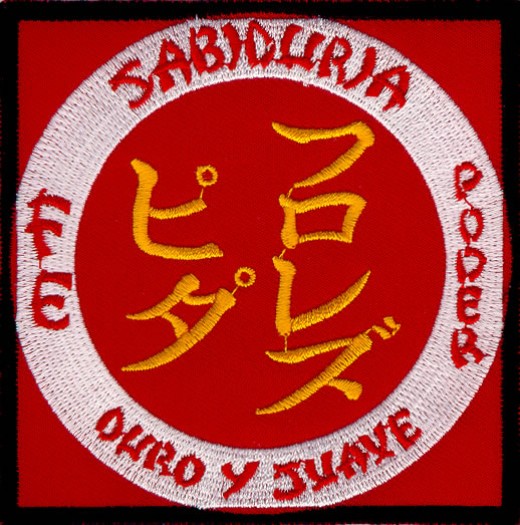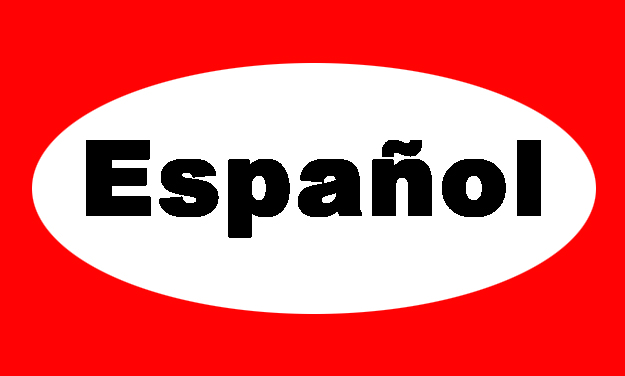Mission
To deliver the highest quality, yet affordable Martial Arts training available in a manner that consistently meets the needs of the community. To actively participate in the community and function as a comprehensive resource for the Martial Arts training in any locale where there is a Duro ySuave, Manos Vacias Dojo. To attract, retain, develop and motivate enthusiastic and loyal Teachers, Instructors and Guardians who can identify with and make a lifetime commitment to the mission of Duro y Suave, Manos Vacias. To develop a progressive, responsive and professional staff capable of meeting and being conscious of new challenges and opportunities in the Martial Arts field. To consistently conduct our affairs with integrity and ensure the delivery of services in a highly professional and ethical manner in order to maintain a position of trust and respect with our students, Teachers, Instructors and Guardians and the communities we serve. To continue to examine and pursue alternative development plans for the human, physical, spiritual and service oriented growth of our Martial Arts family.
History
Duro y Suave, Manos Vacias (hard and soft/smooth empty hands) is unique Martial Arts that was created by Soul-Ki Peter Flores, Sr. in the mid 1970’s. It was sanctioned and recognized as a valid Martial Arts by the legendary Karate pioneer and Chief Grand Master of all the American Goju systems in the United States of America, Peter George Urban on the 6th of December 1978 (see copy of certification).Sensei Urban is credited with introducing the Goju-Ryu Karate (hard and soft, empty hand) style to the United States of America from Japan.
Grandmaster Urban’s Goju teacher was the legendary Grandmaster Gogen Yamaguchi “The Cat” who created the Japanese Goju System in Japan.
Sensei Urban also studied with Grandmaster Mas Oyama and was originally mentored by O’Sensei Richard Kim of San Francisco, California fame.
Grand Master Yamaguchi’s teacher was the creator (Soke) of the original Goju system in Okinawa, Grand Master Chojun Miyagi.
The Duro y Suave System can trace it’s roots further back to mainland China to approximately two (2) hundred years. Even though the Duro y Suave system is relatively young in comparison to many other forms of Martial Arts, it is emerged in rich, ancient and strong roots.
Soul-Ki Peter Flores, Sr.’s original mentor was Grandmaster Bruce Moore, Jr. who was a student of Sensei Urban. Thanks to that early exposure of mentoring, the people of East Harlem, (also know as Spanish Harlem/El Barrio), have been benefiting from Soul-Ki Peter Flores, Sr.’s voluntary teaching at the Thomas Jefferson New York City Department of Parks and Recreation Center since 1991.
Soul-Ki Flores has continued teaching since 1961, mostly in Spanish Harlem, his birthplace. On February 14, 2015, Soul-Ki Peter Flores Sr passed away. On June 21, 2015, GrandMaster Flores Vincent presented Sensei Frankie Huertas with the original Diploma given to Soul Ki by Peter Urban Grandmaster as Founder of Puerto Rican Gojo (later change to Duro Y Suave, Manos Vacias) and announcing him as Soke (Dai Soke) by virtue of passing of OBI and Gi as Ordained by Soul-Ki prior to his passng at the Nursing Home and as witnessed by GrandMasters and Masters that were present. He was also awarded a certificate of SOKESHIP and recognized By The Universal Black Belt Society Sokeship Council AS THE SOKE OF DURO Y SUAVE, MANOS VACIAS endorsed by SOKES OF THE COUNCIL and William "Bill" Solano, Meijin/Founder.
Insignia

Insignia designed and copyright by Soul-Ki Peter Flores, Sr. “KENKON” (circle/square) translated means “HEAVEN AND EARTH”. Starting with the two basic parts of the design, the circle symbolizes “Heaven” (soft/spiritual/mental), while the square symbolizes “Earth” (hard/energy/physical).
The black trimming outside of the insignia represents the first major rank, the black obi (belt). It also symbolizes the “coming out of the darkness.”
The red inner corners symbolize “Taikyoku”, (the four directions or the four winds.) The red colors stands for the blood or life of this system. (The katas.) The white ring symbolizes “enlightenment” (coming into the halo/aura of light). It also represents the first level of the beginner student; the white obi (belt).The hint of red rims of the aura symbolizes the few who shall attain mastery of self. The red obi (belt) is symbolic of mastery of a system by most styles of the Martial Arts. The red circle in the center symbolizes the “heart of the system.” It is no coincidence that the shape symbolically represents heaven. Japan uses a red circle on a field of white flag to symbolize the red sun or the center of heaven. The golden characters in the middle of the red circle is done in kanji, which is a phonetic style used by both the Japanese and Chinese to simplify written communications between cultures. In a way, one can say that it is “a source of learning” that is understood by those who are the seekers of the knowledge. One can always find the knowledge when one reads into the character of the source. One just needs to read the golden characters in the center of the symbol of heaven to know where to go refresh and energize one self. The word “FE” means faith. In most people’s lives, it is the driving force that keeps one on the straight path, even when others quit. Though it is a word that is just two letters long, it has an enormous impact. It is also the symbol in chemistry for iron. That, in this system, translates to “one’s own iron will.” The word “Sabiduria” means wisdom. On the insignia, this word is the longest. This is no coincidence, since wisdom takes the longest to achieve. The word “Poder” means power. In the context of it’s use in Duro y Suave, it translates to “self-empowerment.” The words at the base of the insignia signify the foundation. “DURO” means hard. “Y” (pronounced “ee”) means and. “SUAVE” means soft/smooth. “MANOS” means hands. “VACIAS” means empty. May you have the “Faith” to continue, the “Wisdom” to pass it on together with the “Power” to succeed.
“Life is both hard and soft.” Soul-Ki Peter Flores, Sr.
